Overview
About eCognition Suite
Trimble® eCognition® Suite is an advanced analysis software available for geospatial applications. It is designed to improve, accelerate and automate the interpretation of a variety of geospatial data and enables users to design feature extraction or change detection solutions to transform geospatial data into geo-information.
eCognition imports a variety of geospatial data, fusing them together into a rich stack of geo-data for the analysis. The analysis logic is structured into series of steps to create a computer-based representation of an expert’s geospatial interpretation process a so called Rule Set. eCognition then combines the analysis logic with scalable computing power to identify changes over time or features on the earth’s surface across very large sets of data.
This eCognition Suite 10.2 is a major release and includes a range of new features and bug fixes. We recommend upgrading to this new version to benefit from the new features and improvements. For an overview of the highlights and a complete list of new features and bug fixes please refer to the following chapters.
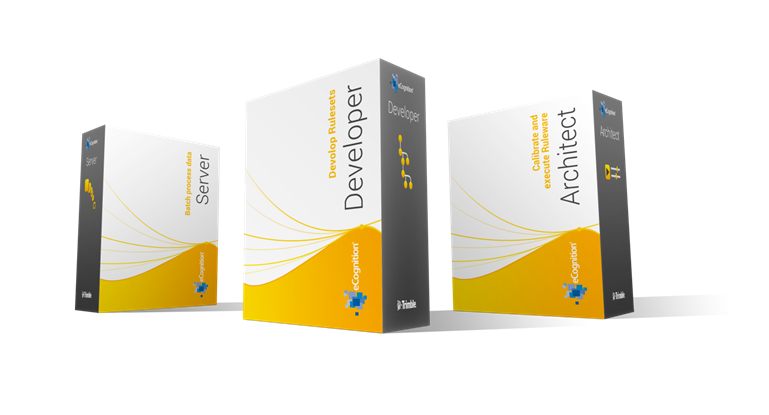
Key Features
Building Analysis Solutions
The eCognition technology examines image pixels not in isolation, but in context. It builds up a picture iteratively, recognizing groups of pixels as objects. Just like the human mind, it uses color, shape, texture, shape and size of objects, as well as their context and relationships, to draw the same conclusions that an experienced analyst would draw.
To build an analysis solution, it is possible to flexibly combine the image interpretation steps like object creation (segmentation), object classification (knowledge based, fuzzy logic, machine learning), object detection (template matching) and object modification (fusing, smoothing, orthogonalization, simplification) into a Rule Set or even a new application (Rule Set with UI) to solve the analysis problem.
The result is a unique approach to translate mind models (why a human interpreter can see the objects, changes, or features in the geospatial data) into computer understandable code (Rule Set) or an individual/customized application.
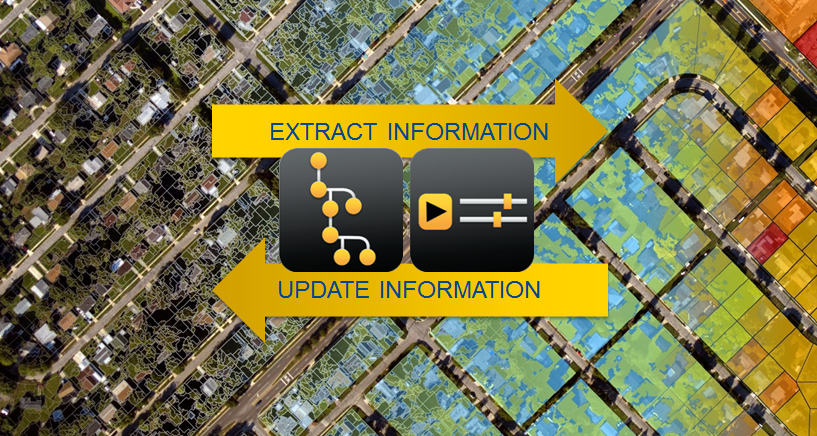
Leveraging Data Synergies
eCognition can fuse a variety of geospatial data, such as spectral image data, 3D structure data from point clouds and spatial/thematic data from GIS vectors.
The proximity of eCognition to GIS, its ability to link and fuse the available data in an analysis - combined with the straightforward export of results to GIS layers - help eCognition users to achieve outstanding results.
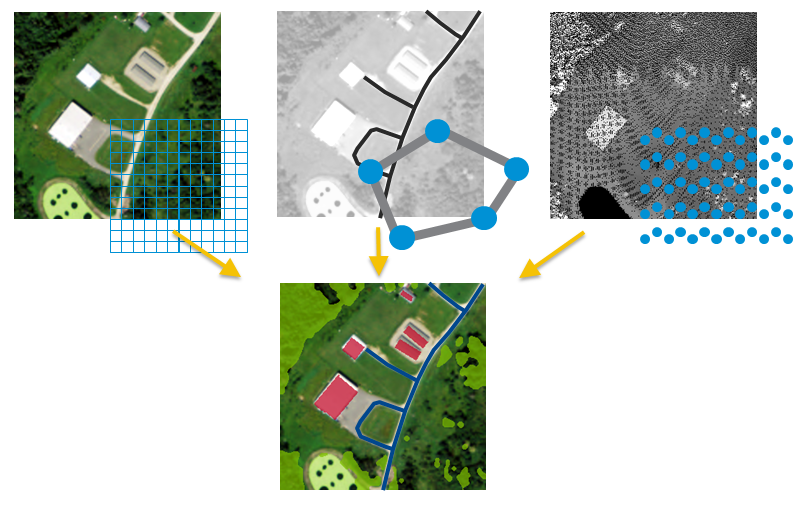
Efficient Workflows
The eCognition Suite offers three different components which can be used stand-alone or in combination to solve even the most challenging fully automated and semi-automated production tasks:
- eCognition Developer is the development environment for object-based image analysis. It is used in geospatial industry to develop Rule Sets or applications for eCognition Architect for the automatic analysis of geospatial data.
- eCognition Architect enables non-technical professionals such as vegetation mapping experts, urban planners or foresters to leverage eCognition technology. Users can easily configure, calibrate and execute analysis applications (Rule Set in combination with a UI) created in eCognition Developer.
- eCognition Server software provides a powerful processing environment for batch and parallel execution of analysis jobs, based on Rule Sets or applications.
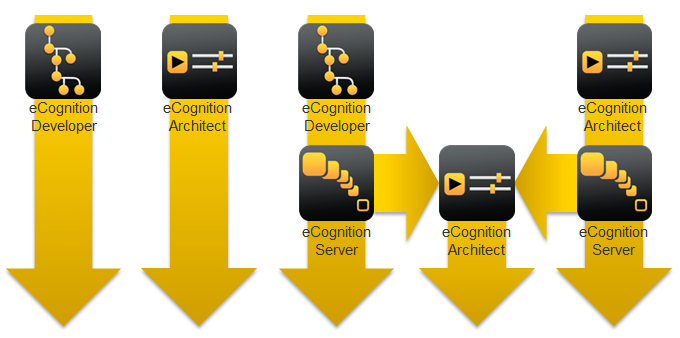
eCognition Suite 10.2 Highlights
eCognition 10.2 delivers you cutting-edge technology to ensure the quality of your results and to help you keep a leg up on the competition. Leveraging deep learning on native point clouds is groundbreaking - it will save unneeded conversions and improve classification results. The fully integrated and automated accuracy assessment makes general project workflows easy and benefits rule set development at every step. The continued build-out of deep learning model support gives you access to more pre-trained models and a direct OBIA output.
Deep Learning for Native Point Clouds
A new automatic point cloud classification algorithm utilizes the most cutting edge deep learning techniques and provides users with simple access to high accuracy results, especially for terrestrial scan data, via a growing pre-trained model. The model is derived directly from point cloud data to assure little to know loss of valuable data characteristics.
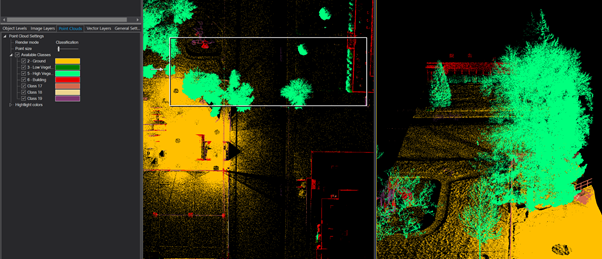
Automated Accuracy Assessment
We have modernized our existing Accuracy Assessment Tool to integrate vector-derived validation samples and added techniques to visualize accuracy via a confusion matrix for a single Project or across multiple Projects in a Workspace. In addition, easy-to-use algorithms have been added to automate the calculation of valuable accuracy statistics and confusion matrices.
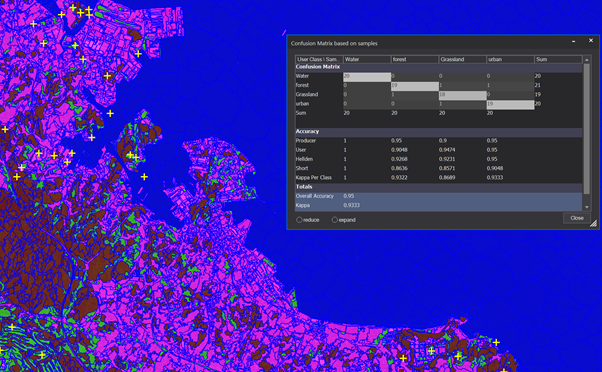
Increased Native Vector Handling
The team has built out our current native vector tools with a focus on vector linearization to improve the extraction of linear objects. Furthermore, we have boosted the performance of attribute table handling - yes, you can work with attribute tables in eCognition and now even better!

Expanded Integration of Deep Learning Models
Full Google TensorFlow SavedModel integration now enables the use of semantic-, instance segmentation and object detection models. A new instance segmentation algorithm allows users to take advantage of 3rd party SavedModels and directly segment and classify image objects - accelerating the execution of deep learning models and getting you to meaningful results quicker!
The example below demonstrates the results of a 3rd party object detection model applied to Trimble MX9 mobile mapping image data.

